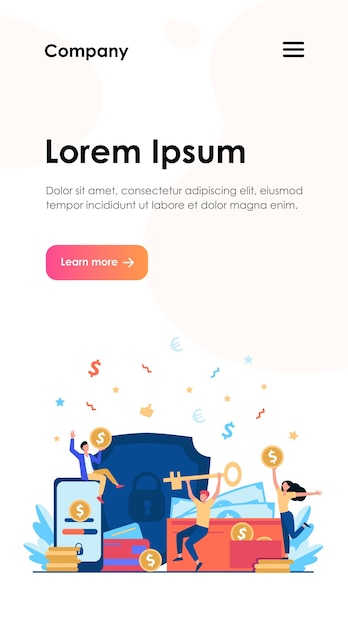Navigating the End of 3 Student Loan Forgiveness Programs: Essential Steps for Financial Relief

President Joe Biden’s initial attempts to pass debt forgiveness legislation were halted by debt-ceiling plans and Supreme Court lawsuits. In response, the administration developed alternatives, including an income-driven repayment (IDR) strategy designed to reduce many borrowers’ monthly payments to $0, known as the Saving on a Valuable Education (SAVE) plan, and a more limited forgiveness policy set for spring 2024.
So far, the Biden-Harris administration has approved $136.6 billion in loan forgiveness for 3.7 million American borrowers, according to the U.S. Department of Education. Betsy Mayotte, President and Founder of The Institute of Student Loan Advisors, noted that this administration has done more for vulnerable student borrowers than any other.
However, as Adam S. Minsky of Forbes points out, with three other debt relief programs expiring this year, borrowers will need to find alternative repayment plans or reassess their finances to manage monthly payments.
1. **Income-Driven Repayment (IDR) Account Adjustments**
In April 2022, the Biden administration announced the IDR Account Adjustment to more accurately reflect borrowers’ payment counts. This temporary adjustment allows eligible borrowers to count past repayment periods, and some deferment and forbearance periods, towards their 20-year and 25-year IDR loan forgiveness terms and Public Service Loan Forgiveness (PSLF) programs.
Many federal loan borrowers have already had their counts adjusted automatically. However, if you have a non-ED-administered commercial loan, such as a Federal Family Education Loan (FFEL), Perkins Loan, or Health Education Assistance Loan (HEAL), you need to consolidate it into a federal direct loan by April 30, 2024. The Education Department expects to complete the payment count adjustment by July 1, 2024. Since processing a Direct Consolidation Loan application takes at least 60 days, it’s advisable to apply as soon as possible.
2. **Temporary Student Loan On-Ramp Repayment Program**
To ease the transition from the pandemic payment pause to resuming loan payments in October 2023, the Department of Education introduced a temporary on-ramp from October 2023 to September 2024. This measure aims to prevent negative consequences of missed, late, or partial payments, such as negative credit reporting for delinquent payments.
The on-ramp period ends on September 30, 2024, after which borrowers must start repayment or enroll in a relief plan like SAVE. During this period, missed payments will automatically place you in loan forbearance, preventing negative credit reporting. However, you should plan for repayment and accrued interest during the on-ramp period, which may result in higher monthly payments. If you can make your monthly payments now, it’s better to do so. If you’re delaying payments, ensure you have a plan for the additional amount you’ll owe in September or consider an affordable alternative repayment plan.
3. **Fresh Start to Get out of Default Program**
Announced in April 2022, the Fresh Start program allows borrowers who defaulted on their federal student loans before the payment pause to restore their loans to good standing. This program reverts a borrower’s loan status to “current,” removes default reports, and suspends collection efforts.
Fresh Start also enables borrowers to apply for new federal aid programs, providing a financial reset. Enrollment must be completed before September 2024, so it’s crucial to apply immediately to avoid any delays that could prevent access to debt relief and the program.